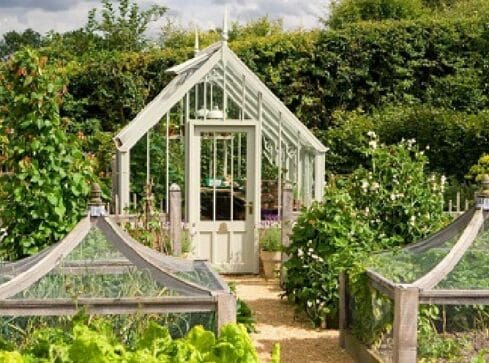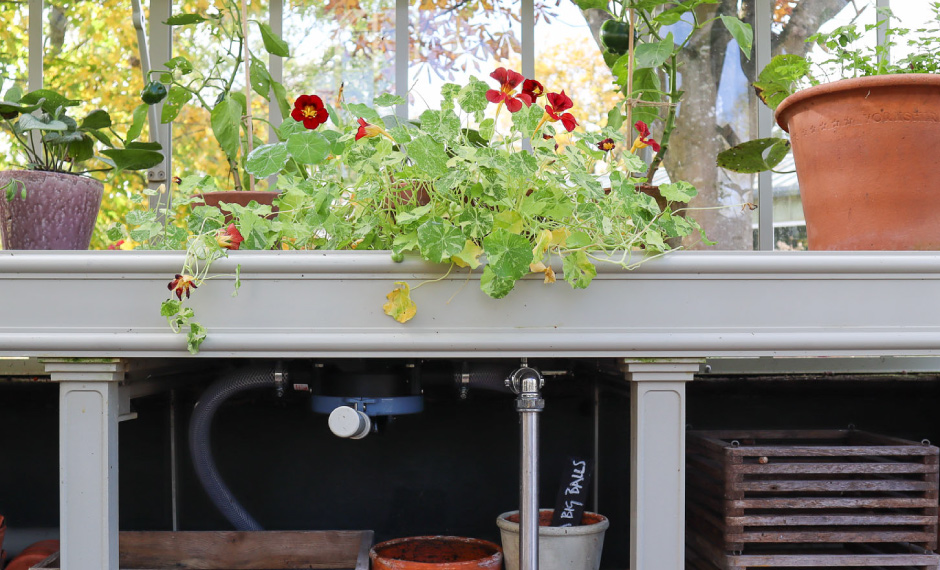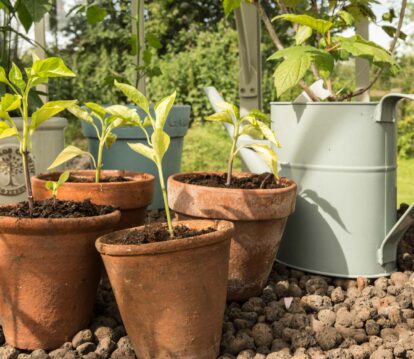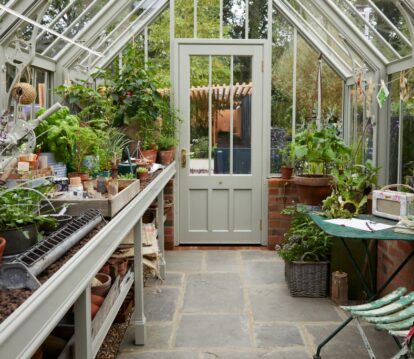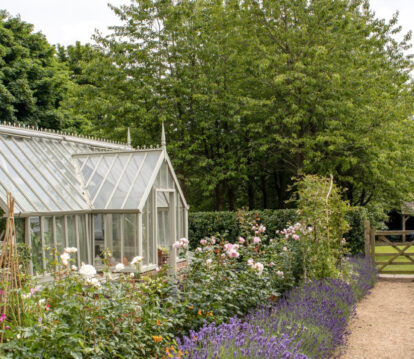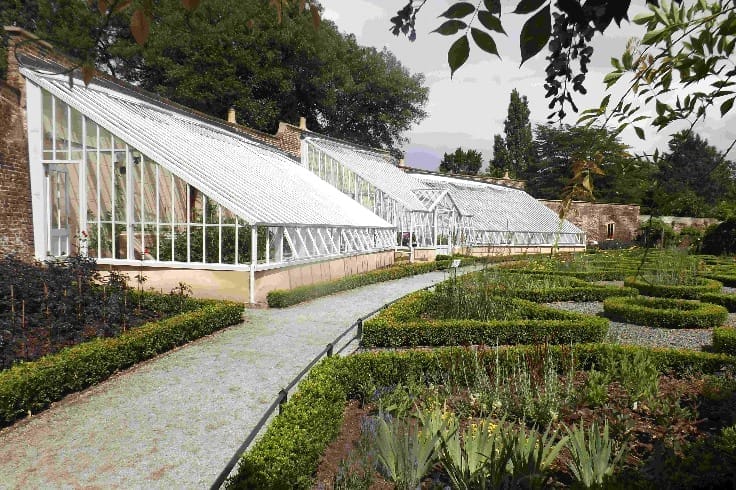
Sian Harrington Chief executive of the Fulham Palace describes the mission for the Palace being to “explain Fulham Palace as a site, present it as a coherent entity to all our visitors actual and virtual. We want to have beautiful buildings that are well looked after for people to see and a world class garden”. As such we are delighted and honoured that Alitex play a role in this vision.
The fundraising challenge is a tall order in anyone’s mind and they will need to raise £5m over the next three years to make it all possible.
LEARNING FROM THE HISTORY OF THE GARDEN
Lucy Hart, Head Gardner has explored the colourful history of the gardens with the first detailed records from 1674 showing a network of walled gardens. Each resident Bishop at the house changed the garden; Bishop Brindell in the 16th century introduced the Tamerix tree to England. He also sent Queen Elizabeth the first grapes of the year every year, one year he was late and he received a letter of complaint from her majesty. During the plague there was scandal when the grapes sent to the Queen were refused, over concerns about contamination to HRH. Again, vines will be a feature in the greenhouse in the future.
With Bishop Compton came horticultural glory to the gardens, through his collection of exotic species not native to the UK (he brought the first Magnolia and the black walnut to the Europe) he developed an array of hot houses and stoves. His experimental nature really took the gardens to a new level; this was however not to last for long with the new Bishop Robinson who cut down the collections and created a working kitchen garden, sadly destroying most of Compton’s collections.
Bishop Terrick in 1765 redesigned the entire landscape. He created the actual walled garden you see today joining the existing Tudor walls. The knot garden was subsequently built by Bishop Blomfield in the 19th Century which has now been grown back to its original design.
The important lessons for Lucy are that the gardens at Fulham Palace continually changed with the each new Bishop and Lucy hopes to continue this legacy by creating some of what the gardens have seen in the past and looking represent the 21st Century as well whilst being a working kitchen garden proving food for the Palace restaurant.
WORKING AT FULHAM PALACE GARDENS
Lucy’s vision for the garden is to be an “inspirational, educational and historically informed public garden of horticultural evidence”. She really wants it to be one of the top gardens to visit in the UK and is currently working on her master plan.
Lucy will not be alone in this task; she will be joined by two gardeners, two apprentices in August, and a trainee in September. Then a staggering 30 volunteers – all bringing diversity to the team.
One of the garden trustees, Phil Emery commented, “the gardens have a real community spirit and the work that is done is very much to inspire everyone to create their own stories rather than dictate what the past has been about or where the people working there think it should go. “


